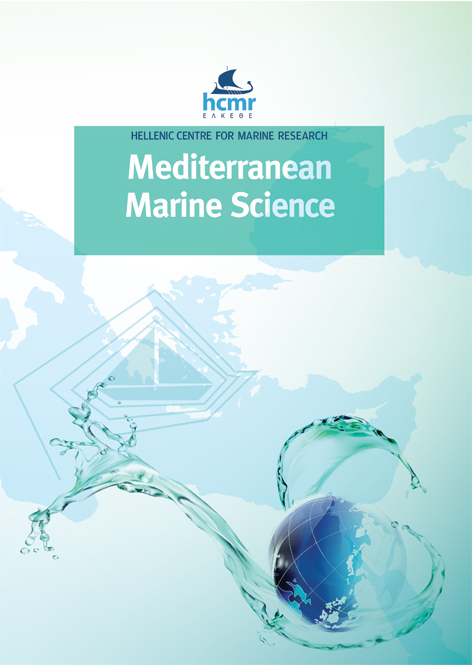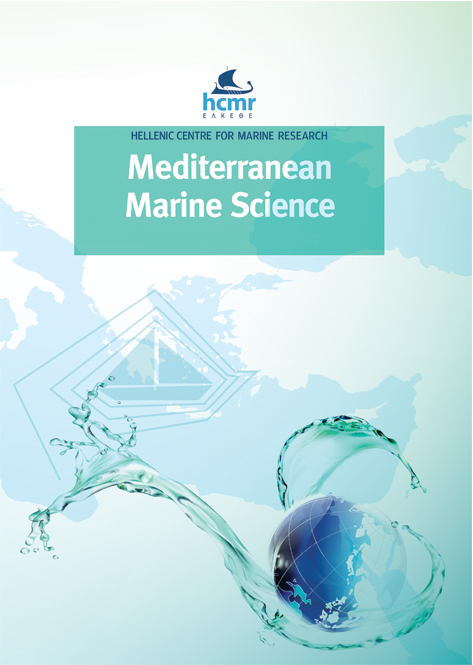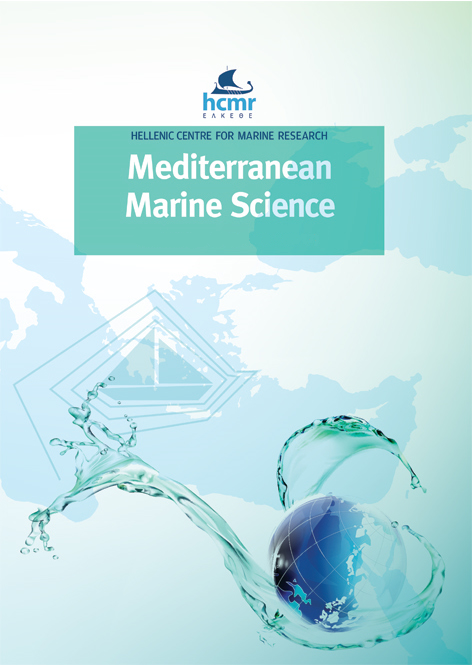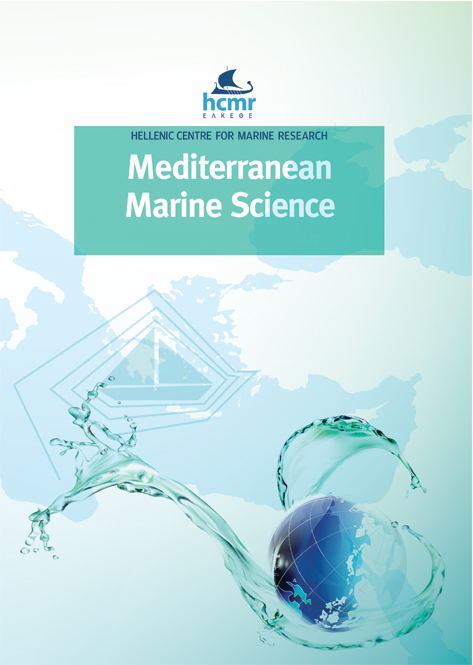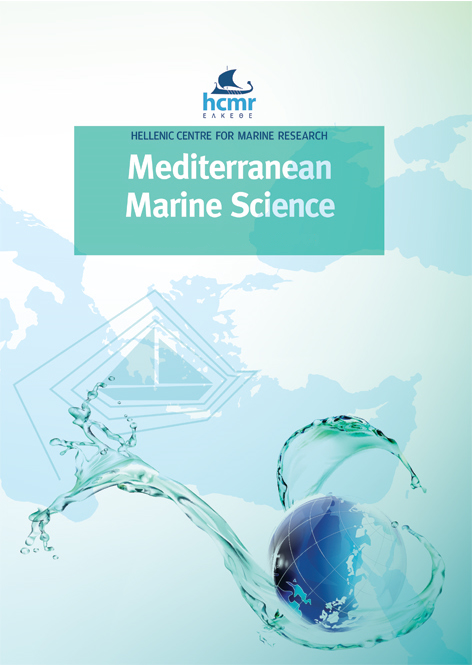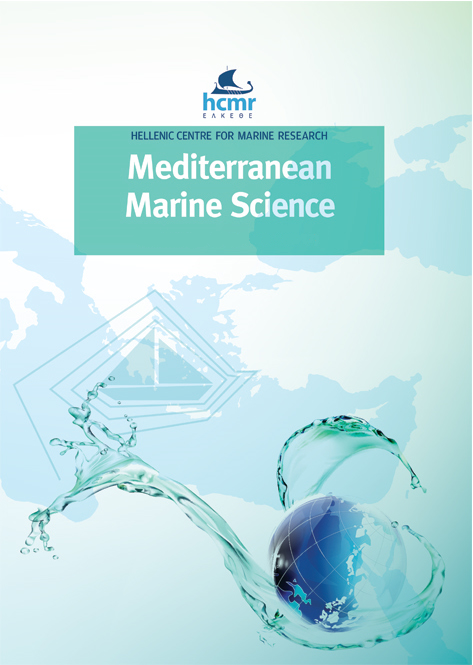Ecological patterns of polychaete assemblages associated with the Mediterranean stony coral Cladocora caespitosa (Linnaeus, 1767): a comparison of sites in two biogeographic zones (Adriatic and Aegean Sea)
Resumen
The Mediterranean stony coral Cladocora caespitosa (Linnaeus, 1767) is a well-known habitat builder, and as such hosts a diversified faunal assemblage. Although polychaetes are one of the most abundant and diverse macrobenthic groups associated with C. caespitosa colonies, our knowledge of their ecological features in this association is still limited. The aim of this paper was to gather and compare the most comprehensive data available on polychaetes associated with C. caespitosa in the Adriatic and the Aegean Seas, and to test for differences between these geographic areas. To this end, differences were tested in terms of: (i) richness and structure of polychaete assemblages; (ii) feeding and functional traits of assemblages; (iii) the main factors influencing those aspects, (iv) the relationship between polychaete assemblages richness and Cladocora colony size, and estimate richness. Differences were observed between the Adriatic and the Aegean Seas, in terms of richness, species composition and relative proportion of the dominant feeding guild (filter feeders most abundant in the Aegean and carnivores in the Adriatic) and motility mode (sessile most abundant in the Aegean and motile in the Adriatic). Conversely, cosmopolitan and Atlanto-Mediterranean species dominated the assemblages in both geographic areas, and the same Species-Area Relation model proved to be effective for richness estimation in both geographic areas.
Article Details
- Cómo citar
-
PITACCO, V., CHATZIGEORGIOU, G., MIKAC, B., & LIPEJ, L. (2021). Ecological patterns of polychaete assemblages associated with the Mediterranean stony coral Cladocora caespitosa (Linnaeus, 1767): a comparison of sites in two biogeographic zones (Adriatic and Aegean Sea). Mediterranean Marine Science, 22(3), 532–551. https://doi.org/10.12681/mms.26136
- Número
- Vol. 22 Núm. 3 (2021)
- Sección
- Research Article
Authors who publish with this journal agree to the following terms:
- Authors retain copyright and grant the journal right of first publication with the work simultaneously licensed under a Creative Commons Attribution Non-Commercial License that allows others to share the work with an acknowledgement of the work's authorship and initial publication in this journal.
- Authors are able to enter into separate, additional contractual arrangements for the non-exclusive distribution of the journal's published version of the work (e.g. post it to an institutional repository or publish it in a book), with an acknowledgement of its initial publication in this journal.
- Authors are permitted and encouraged to post their work online (preferably in institutional repositories or on their website) prior to and during the submission process, as it can lead to productive exchanges, as well as earlier and greater citation of published work (See The Effect of Open Access).






